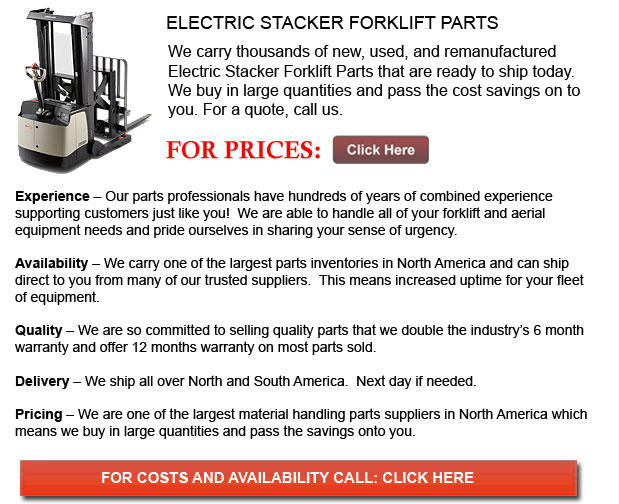
Part for Electric Stackers - A type of compact lift truck, the electric stacker is designed to work in smaller areas, making loading and lifting parts rather easier on the warehouse employee. Often broad, but flat things such as pallets, slabs, and tubes are transferred with this piece of machine. There are metallic prongs jutting out horizontally from the body of the electric stacker which utilize a hydraulic lift system so as to move up and down a vertical shaft. There are wheels on this particular device to be able to enable the driver to effortlessly position the prongs beneath an item and raise and move it to another location.
Construction facilities utilize stackers for moving materials. Big earth movers are often necessary for work on building foundations, whereas the building infrastructure may usually be handled by an electric stacker. Very heavy pallets of oversized wall and floor components, for example, can be transferred carefully and efficiently with a stacker.
An essential machinery in environments in which pallets are normally utilized, electric stackers can effectively transfer and stack boxes and crates containing many items. Stackers are relied upon to consolidate order content within a warehouse and retrieve stuff, allowing the driver to transport several objects right away compared to moving each individual box.
Prior to the invention of electric and gas stackers, workers used to depend on a pulley system for loading heavy materials onto trucks for transport. Though the pulley systems worked well, they were really unsafe and required a lot of manpower to operate. The creation of electric stackers made the workload more efficient since it freed up a lot of employees since only a single individual is required to operate it. Electric stackers provide much more safety in the workplace for loading heavy equipment and materials.
Containing both a pulling and a steering handle, electric stackers are easy to operate. All units of electric stackers have wheels. The average weight is only more than 800 lbs or 364 kg. The unit comes complete with a hand break used for simple stopping and placement. The majority of electrical stackers function on a hydraulic system. The average lifting capacity is roughly 1200 kg or 2545 lbs, making them useful in warehouse locations where heavy materials are often stacked. The length of the forks is approximately 3.67 feet and width 1.87 feet and the tine base itself is about 3.91 feet. The average model has a turning radius of 5.82 feet allowing them to fit into restricted places.
A few electrical stacker units have impressive lifting power with capacities to lift four hundred eight kilograms or nine hundred pounds to a height of more or less 4.26 feet. Trying to accomplish this with a pulley system and manpower alone will require more or less 5-6 men so as to raise this same weight to the same height. Allowing for faster stacking of objects with a normal speed range of 39.73 feet per second or 12 meters per second, they are an important warehouse tool. Lots of electric stackers have a heavy duty electro-hydraulic power pack as standard equipment, allowing them to do this same amount of work much quicker. Most electric stackers come with a 12 volt battery and are rechargeable, although they are changing always. These large stackers are used in shipyards to be able to help in loading ships, though there are even stackers small enough to be utilized in a homeowner's garage.
![]() Click to Download the pdf
Click to Download the pdf
Forklift Parts
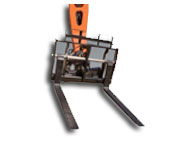
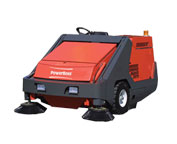
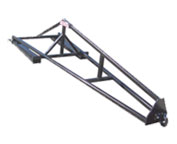
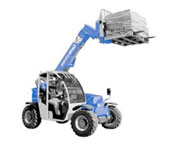
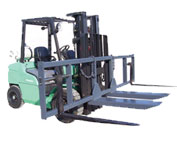
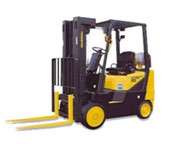
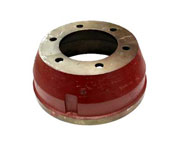
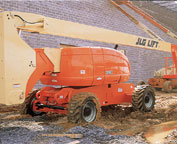
Lift Parts Express
TOLL FREE: 1-888-695-7994
forkliftpartsalabama.com
Email Us
About Us


